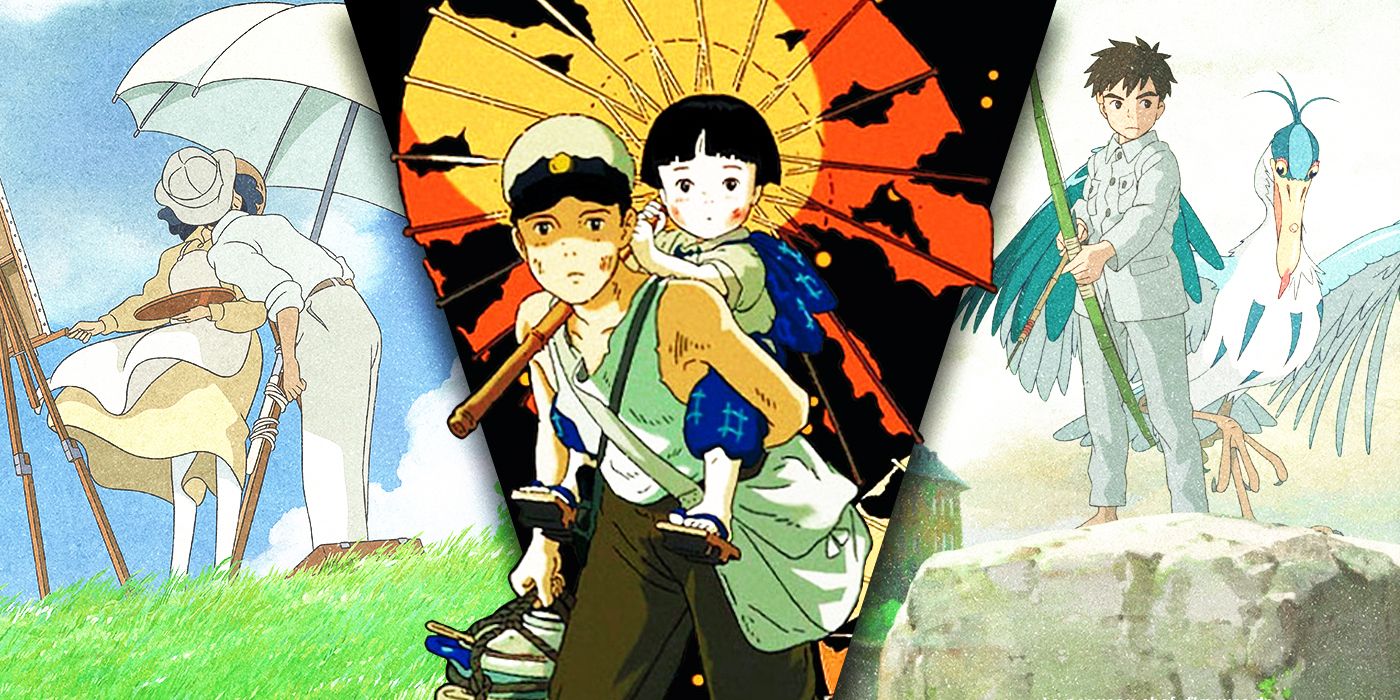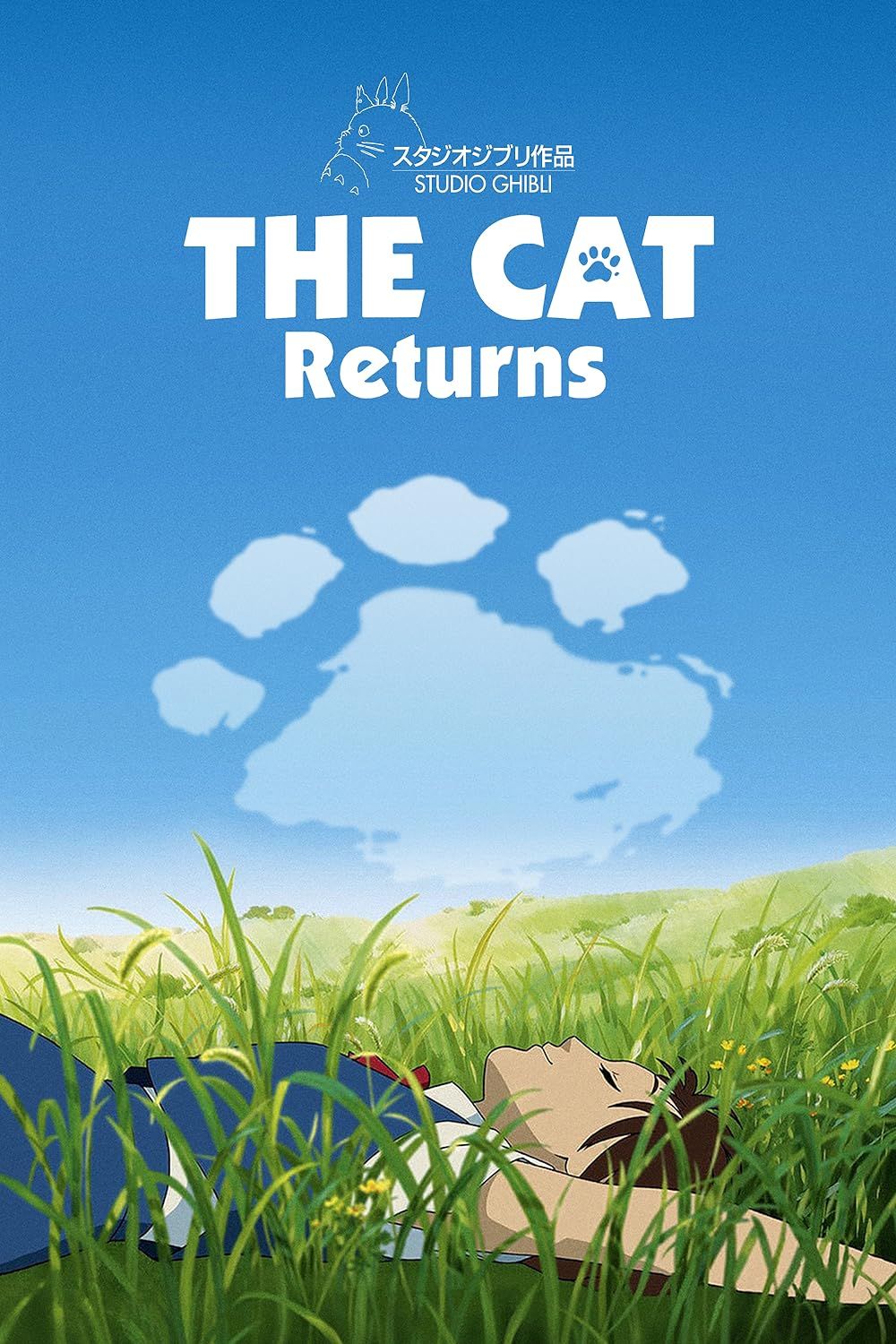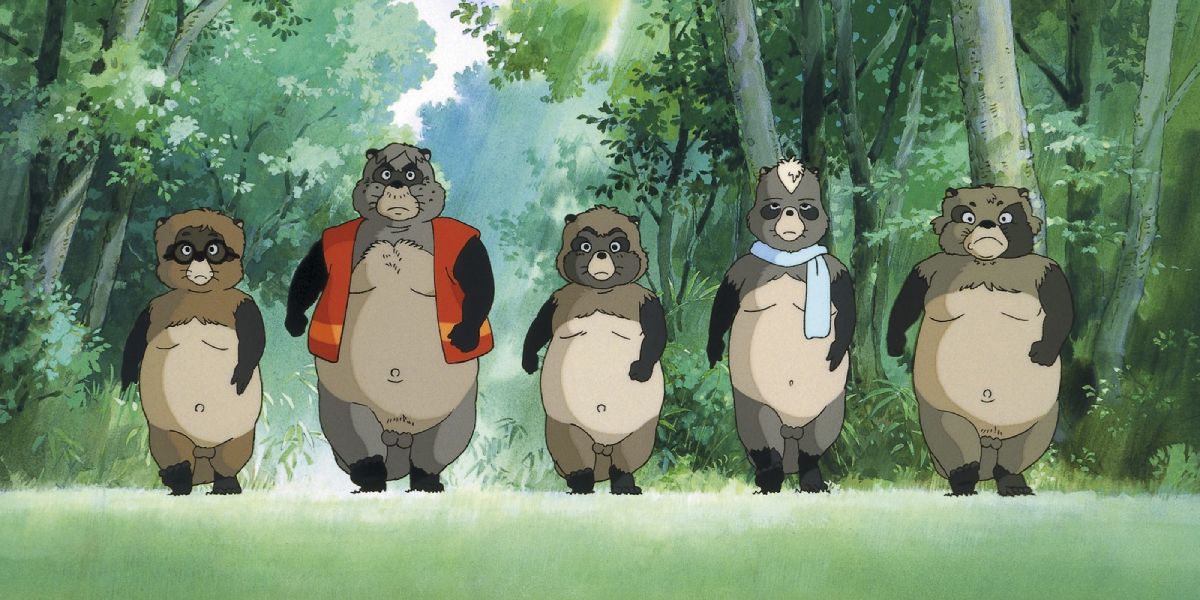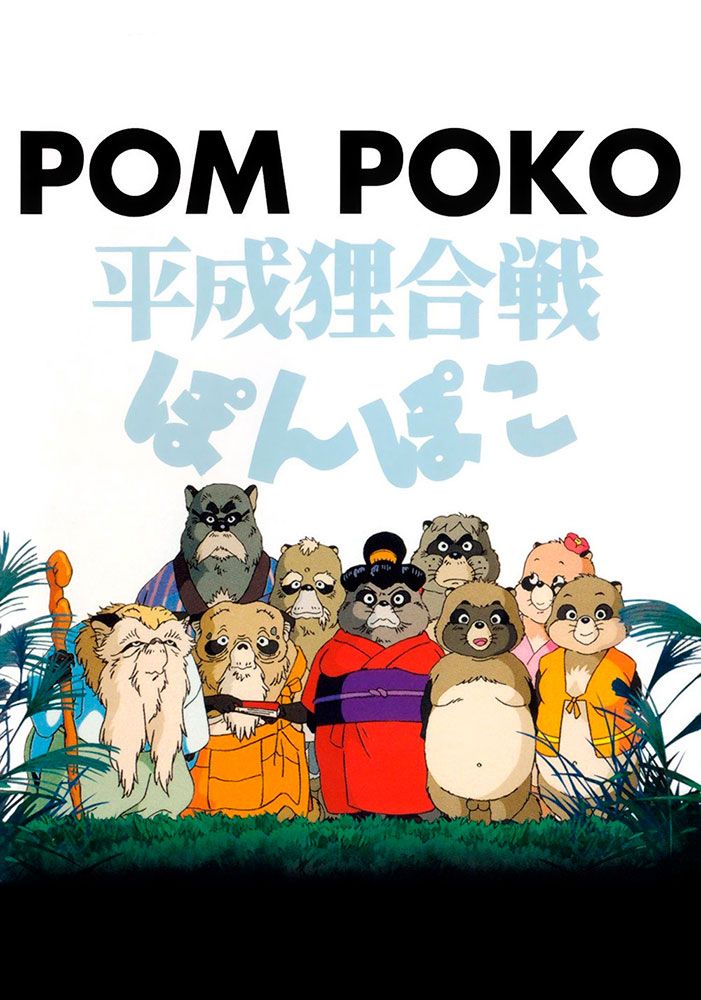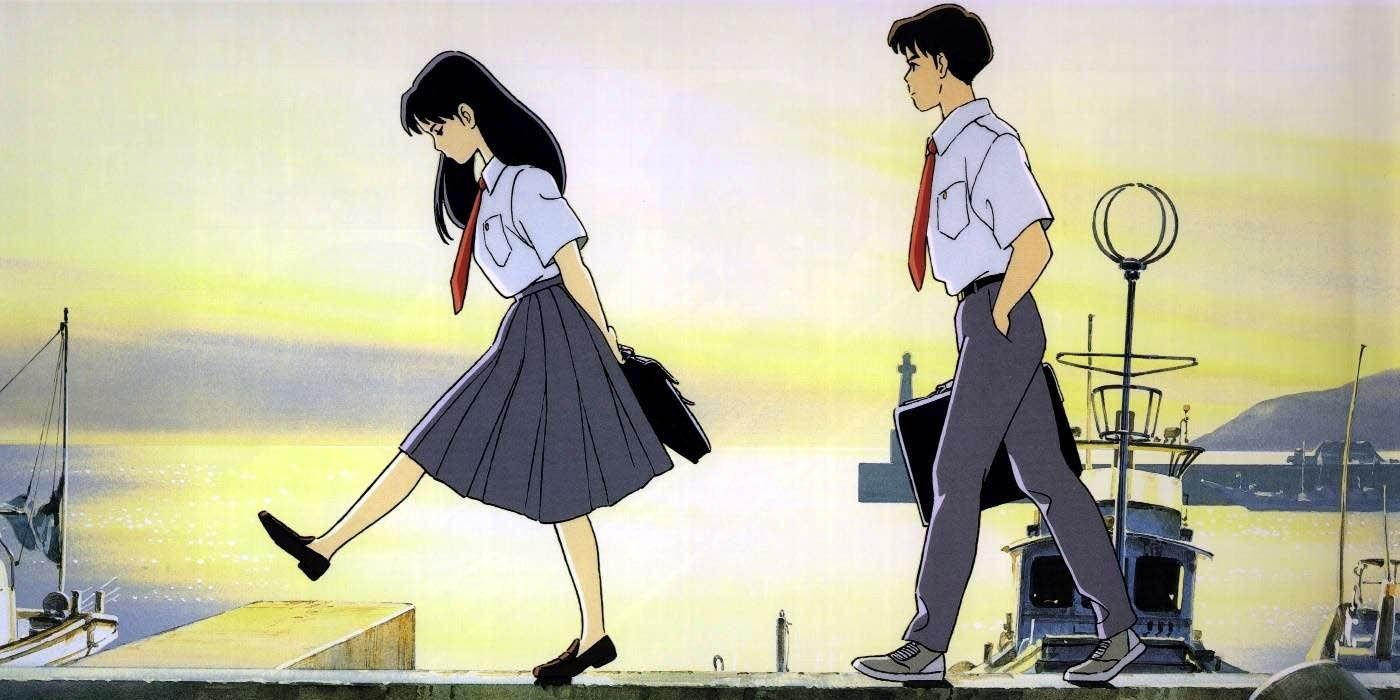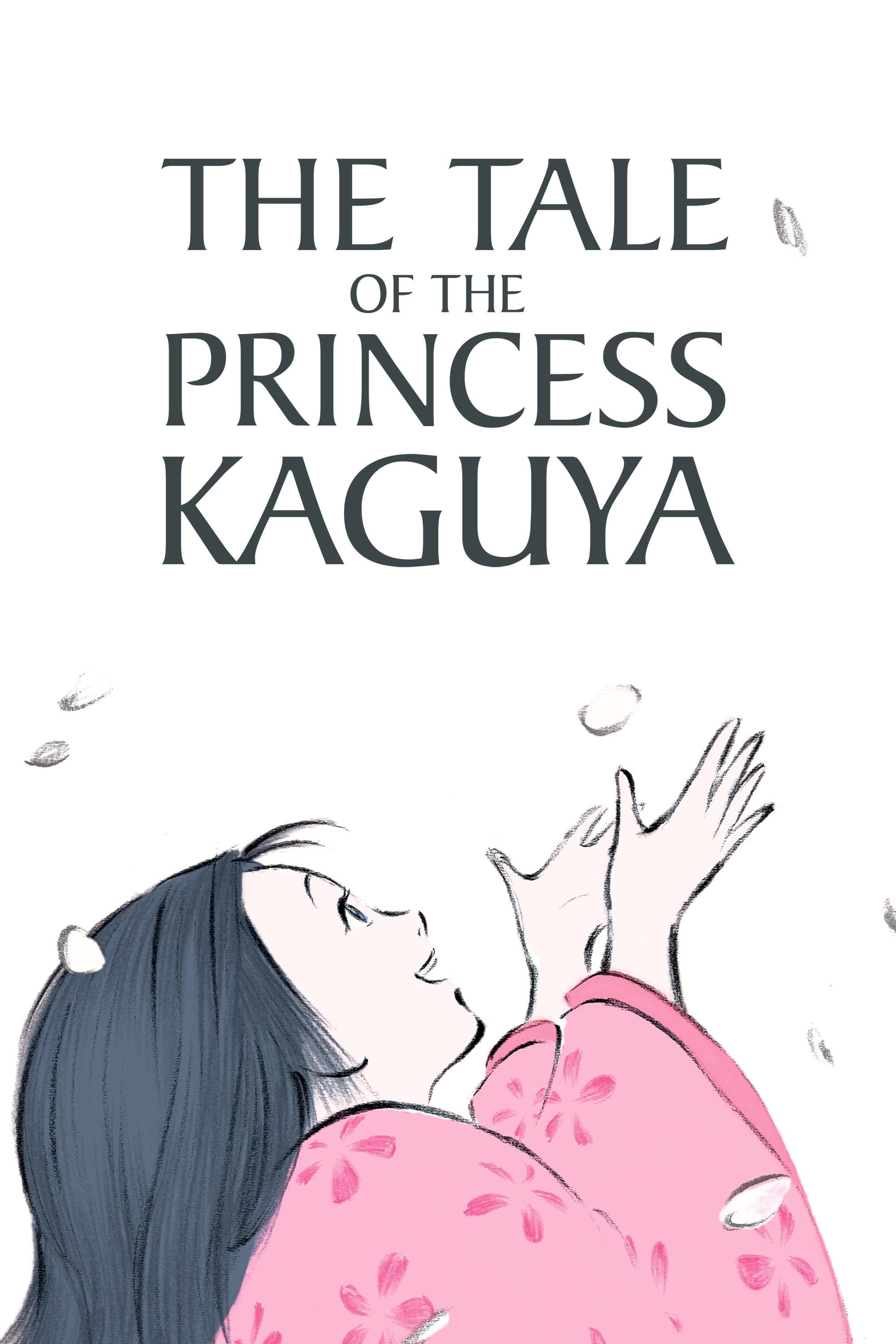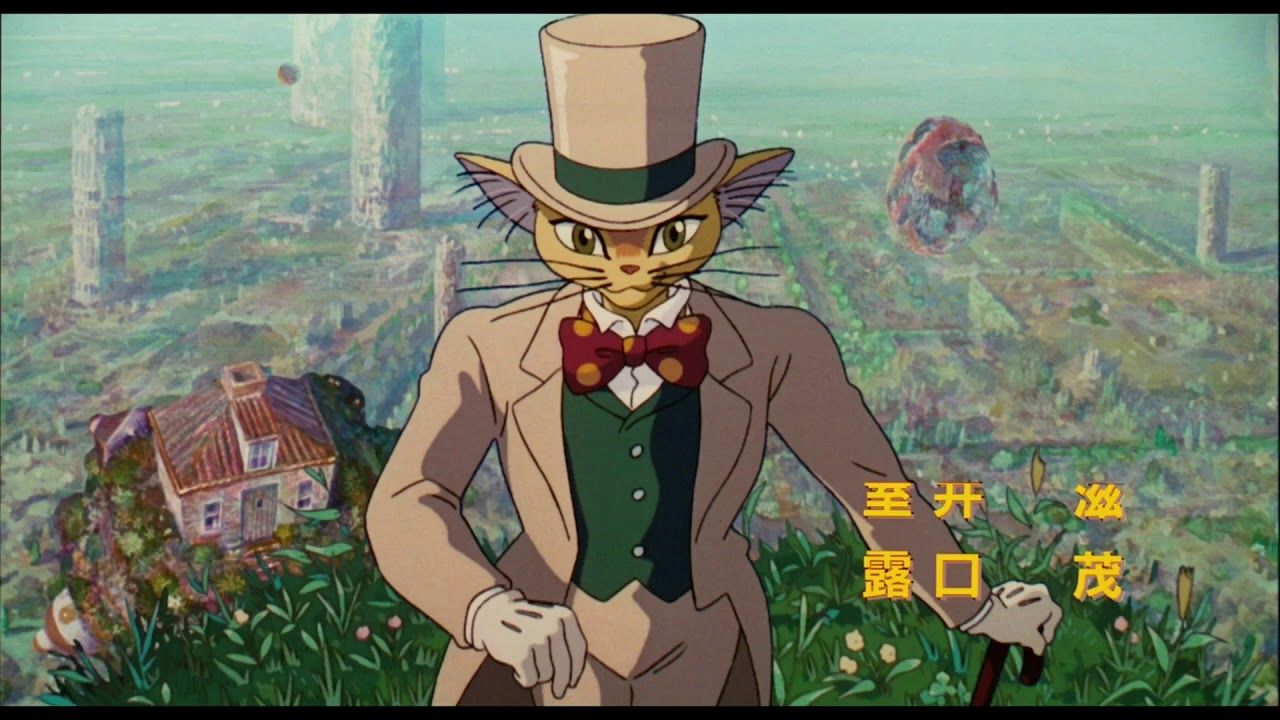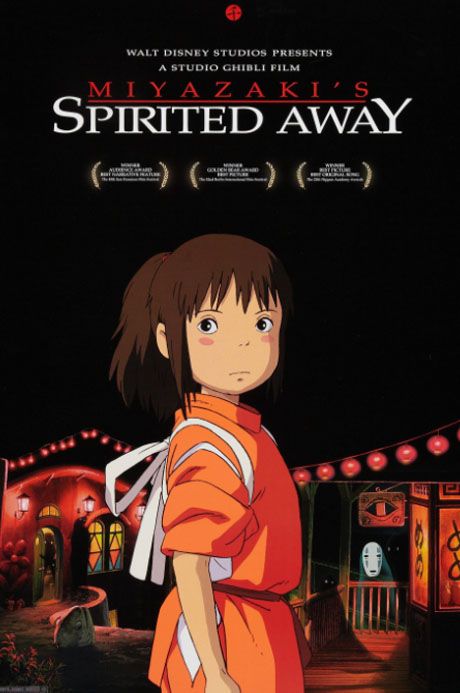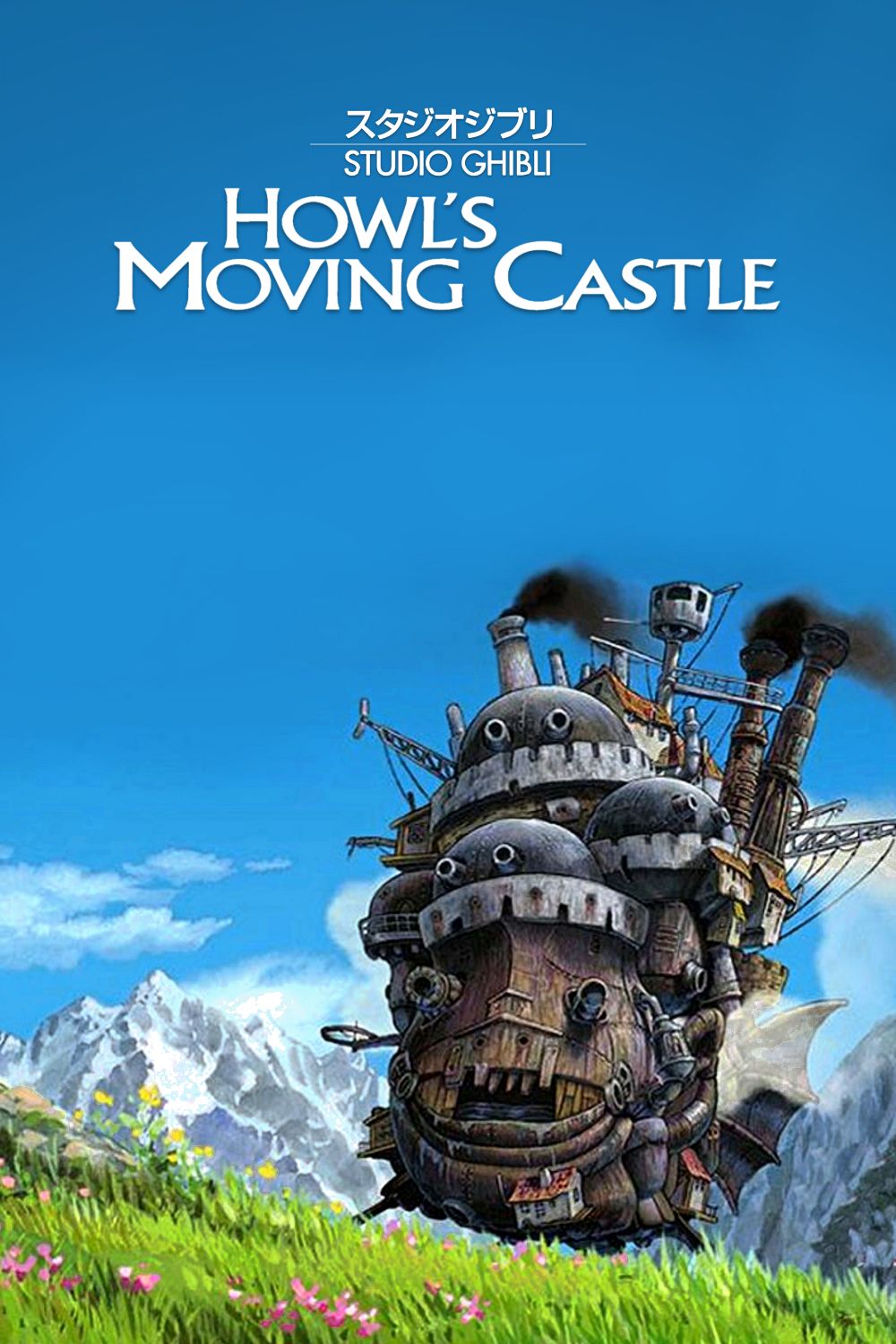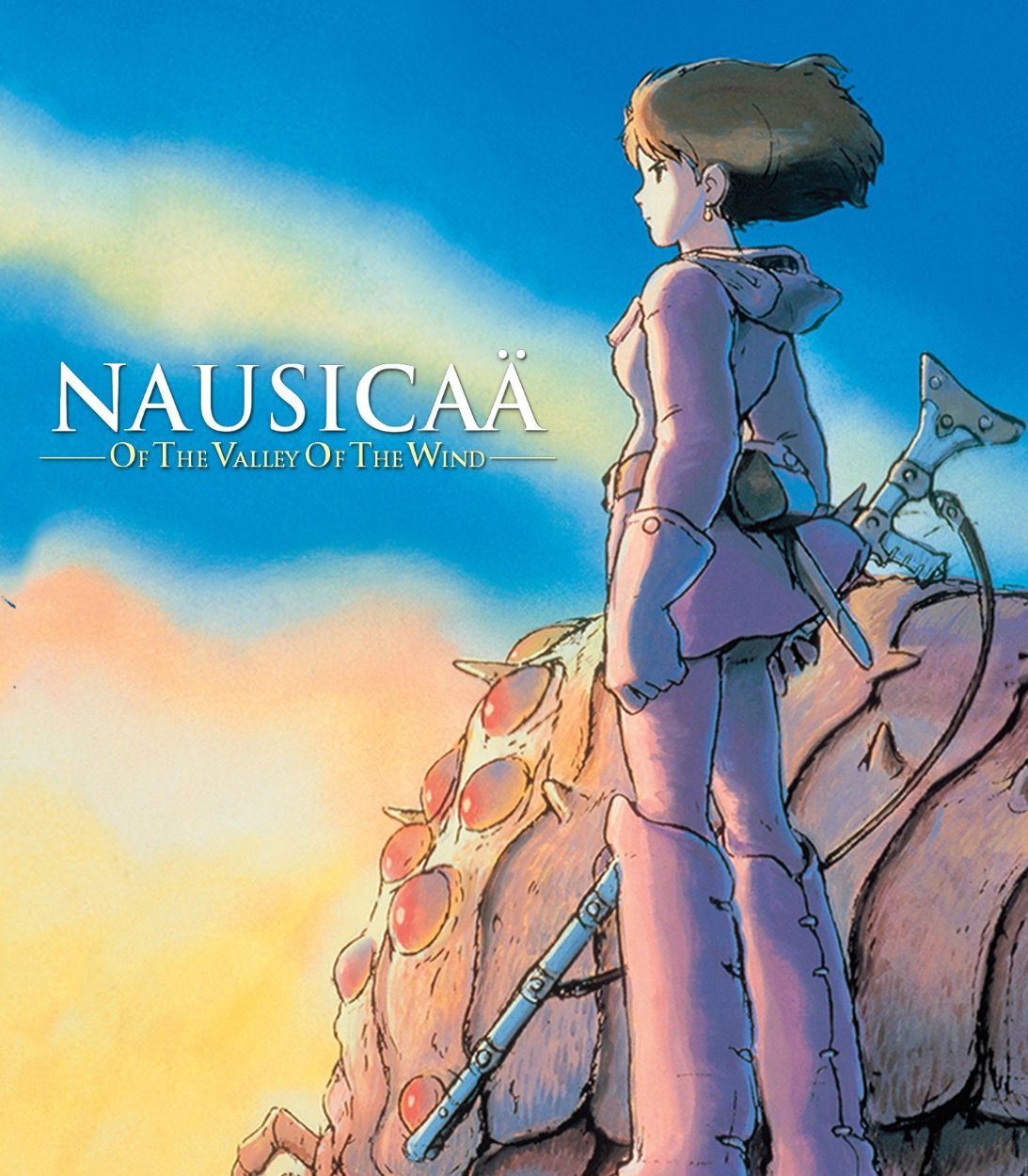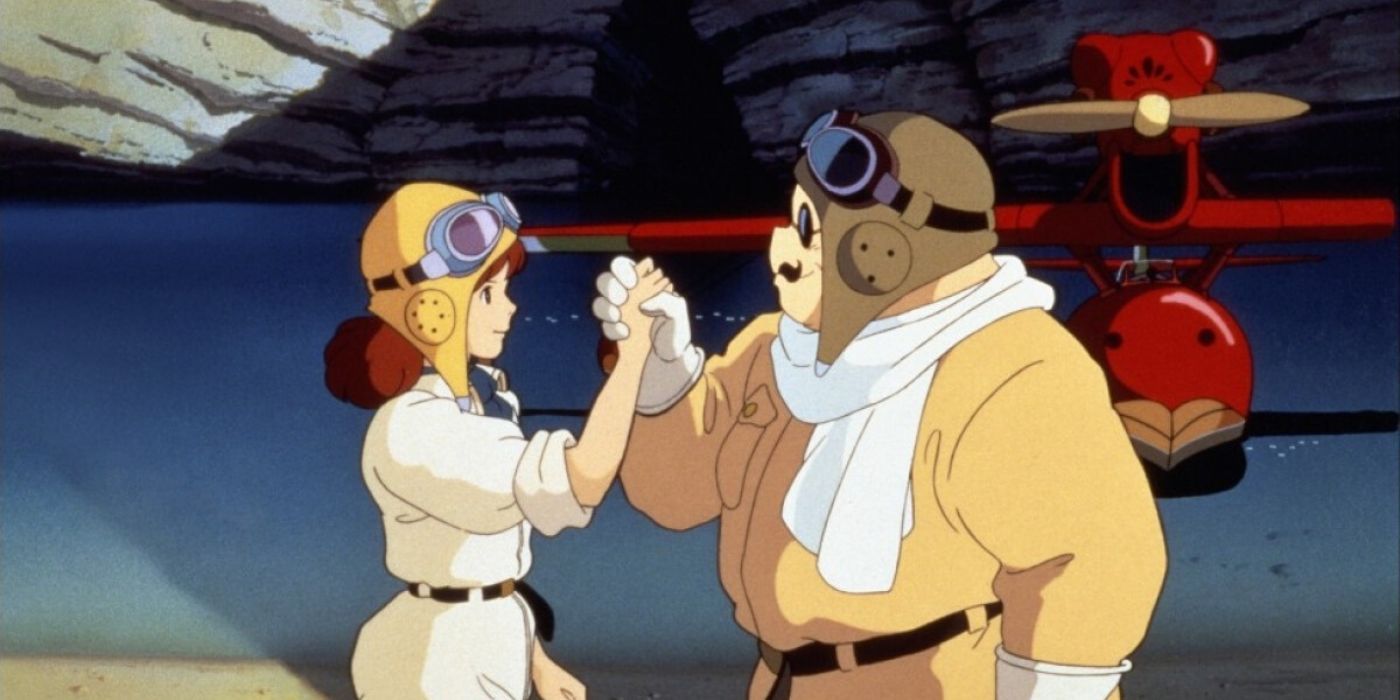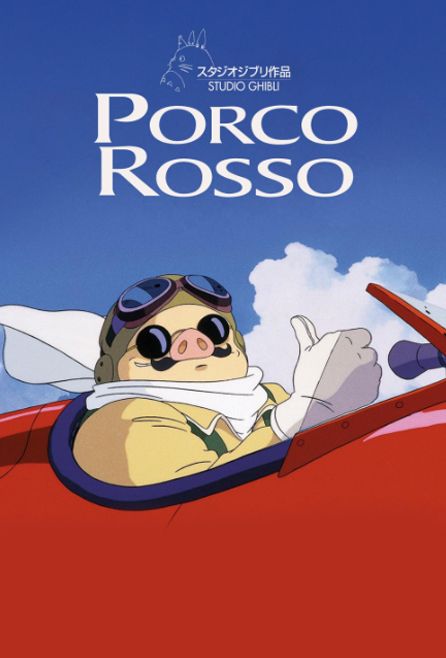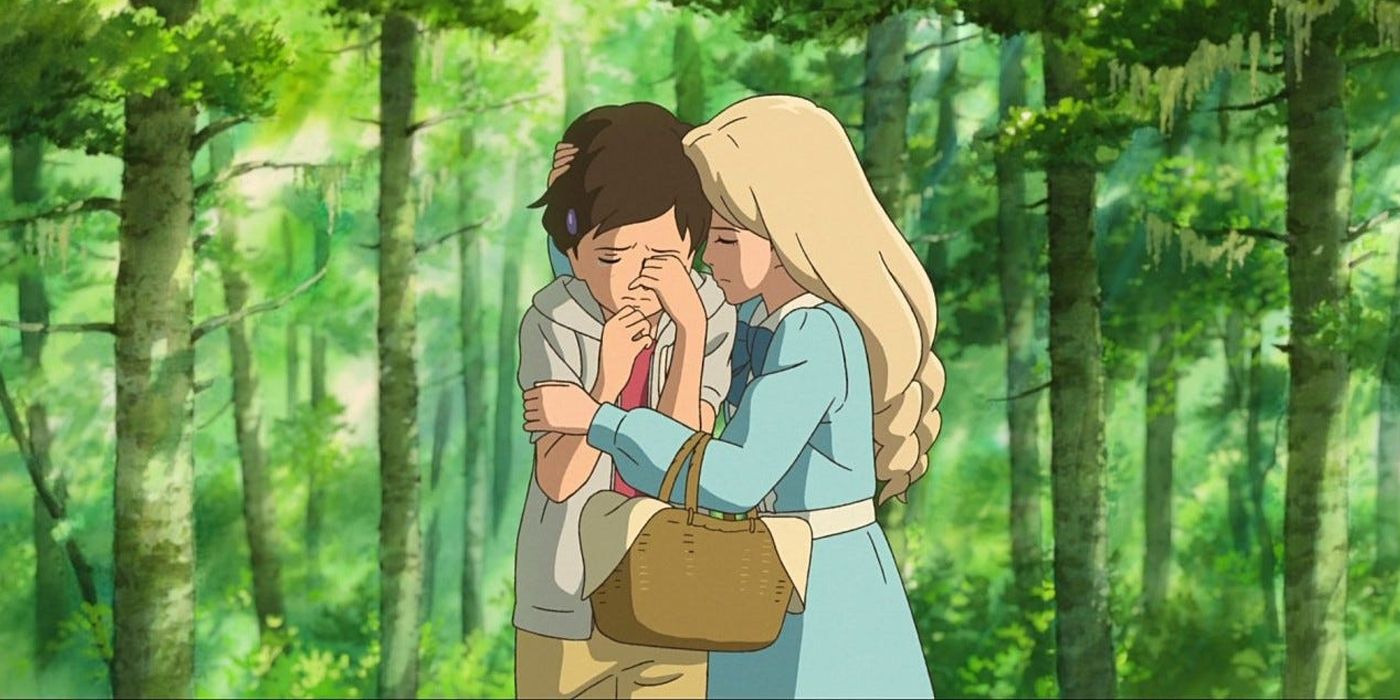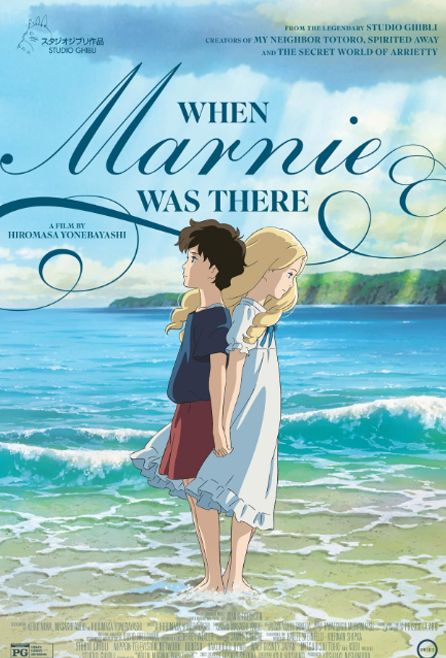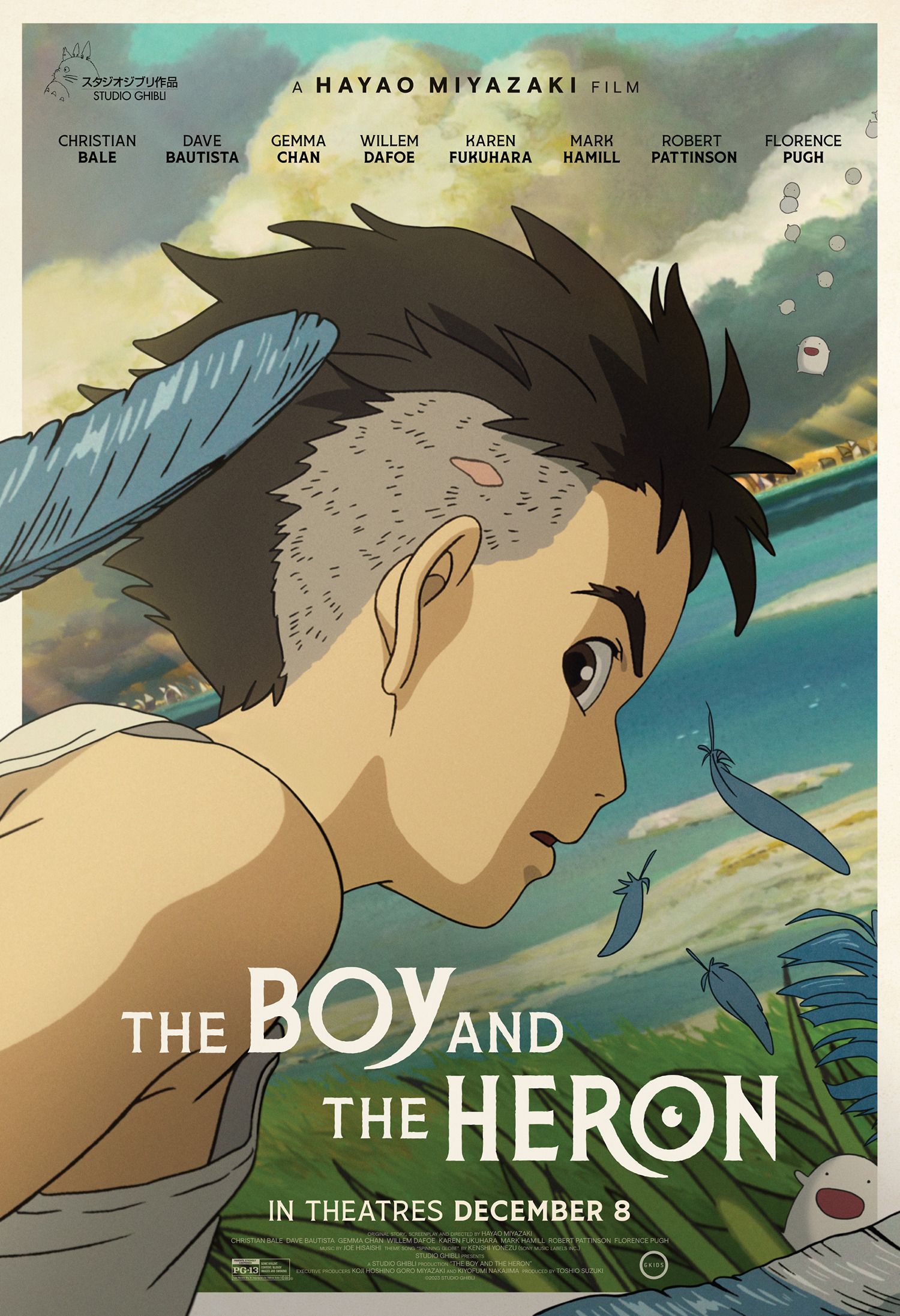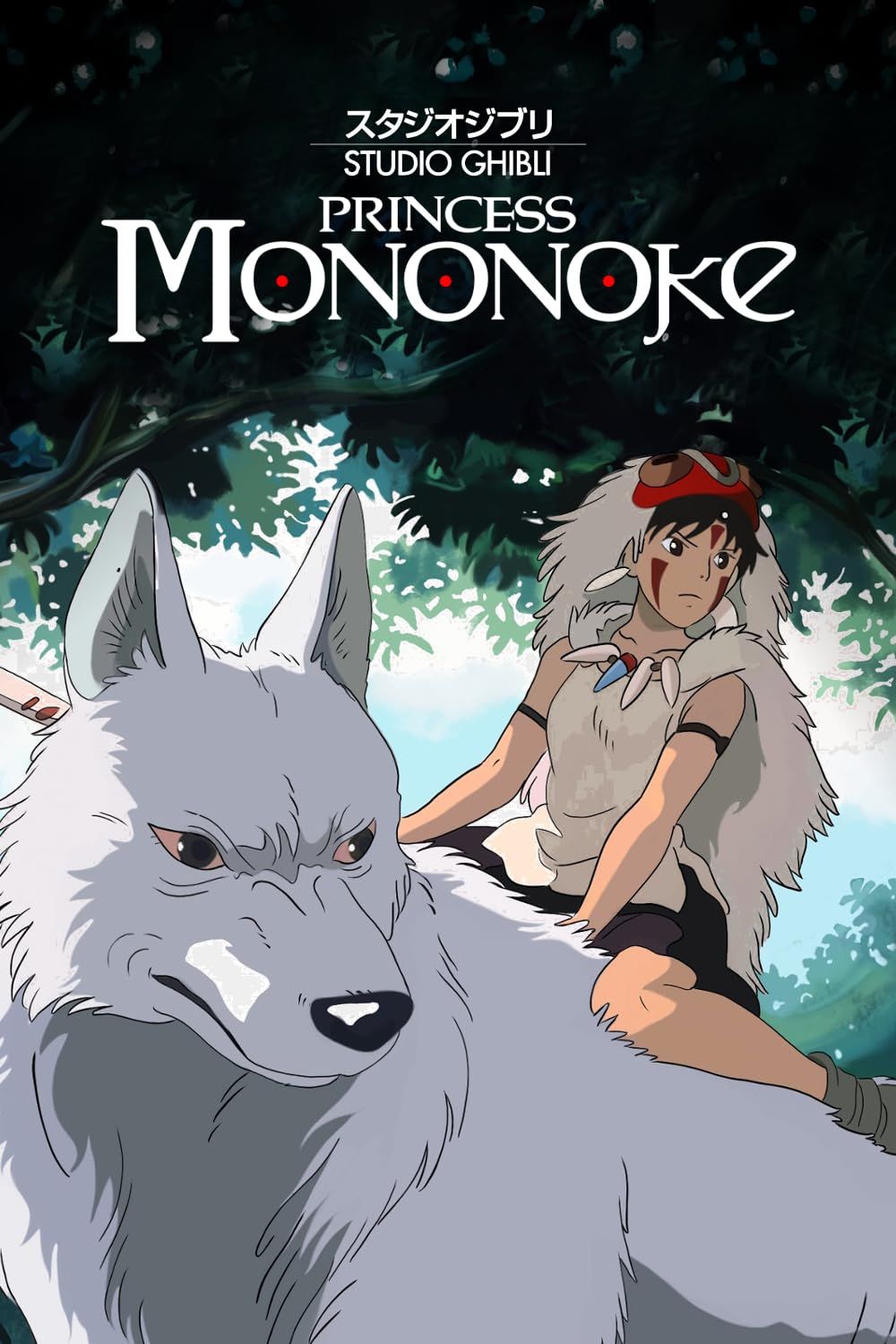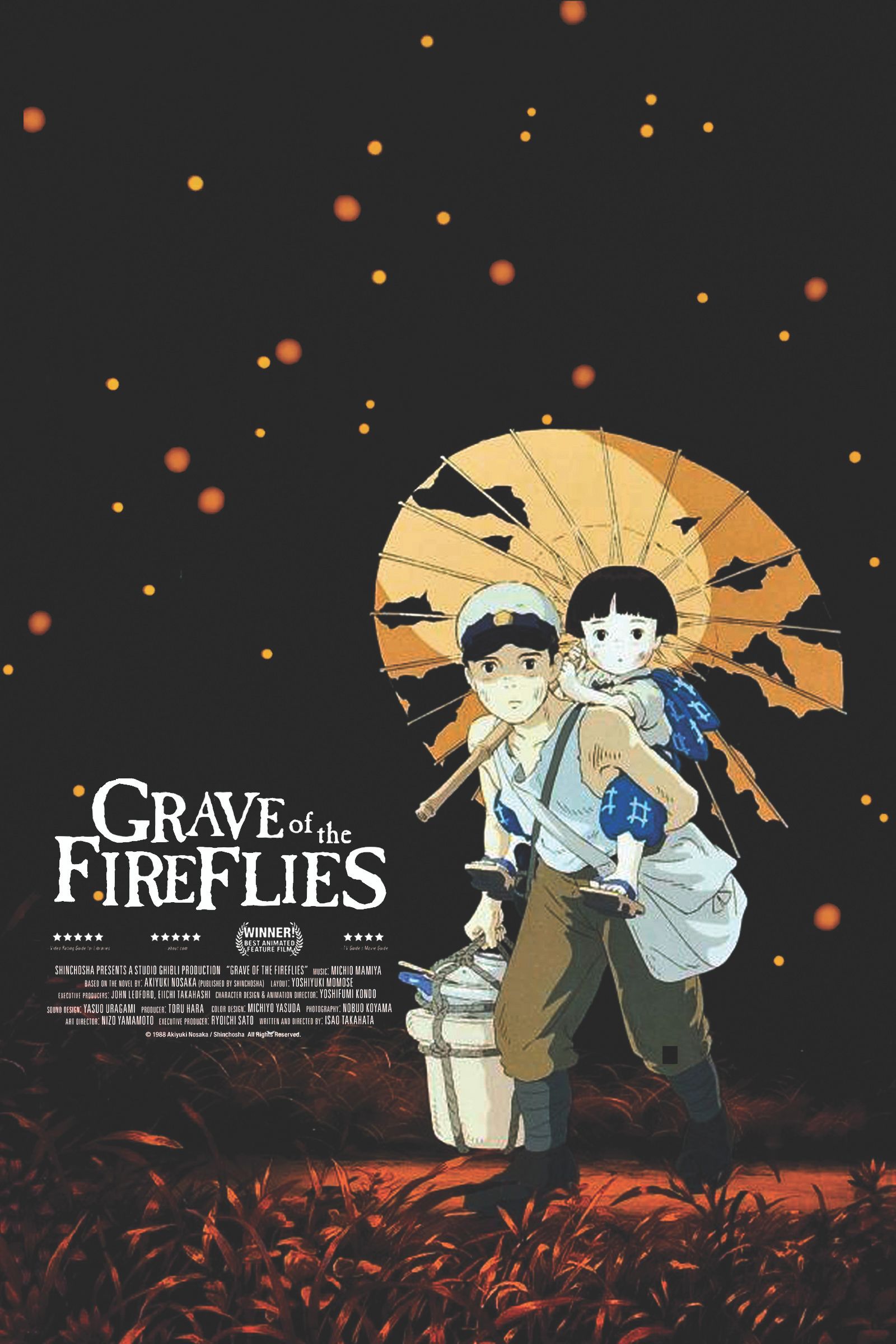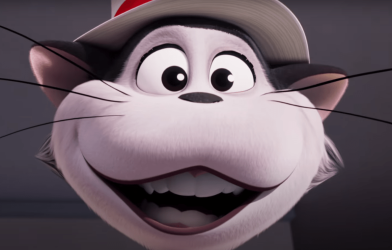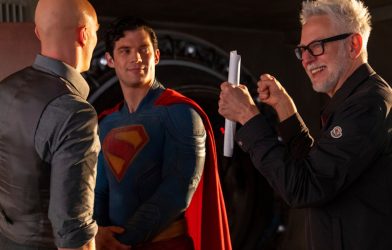Famous and beloved worldwide for its magical, dreamlike movies, Studio Ghibli has been setting the standard for family-oriented animation ever since its formation in 1985. The studio’s films, both those created by Ghibli’s celebrated founder Hayao Miyazaki, and credited to other talented directors on the team, are recognized as some of the most influential works in the history of Japanese animation. Ghibli’s reputation has always been linked to whimsical, otherworldly adventures enjoyed by fans of all ages.
Most of Ghibli’s protagonists are young children whose journeys through paranormal worlds are fun and lighthearted while touching on some existential themes. Imaginative and exhilarating enough to keep all younger viewers enthralled yet not lacking in substance older fans could appreciate, Ghibli movies perfect the formula of family-friendly entertainment. However, not every film produced by the studio is as gleeful as Ponyo or My Neighbor Totoro. In fact, some Ghibli movies are nothing short of haunting, venturing into dark themes and heavy concepts that are anything but kid-friendly.
Updated on August 9, 2024, by Antonio Samson: Studio Ghibli is renowned for its beautiful animation and engaging stories. However, a lot of them hold a darker undertone to them. This article was updated to include more movies and to meet CBR’s editorial and formatting standards.
15 The Cat Returns is a Delightful Fantasy with Subtle Dark Undertones
Haru’s Journey to Self-Discovery in a Mystical Cat Kingdom
|
MAL Score |
7.77 |
|---|---|
|
IMDb Score |
7.2 |
|
Anime Planet Score |
3.8 |
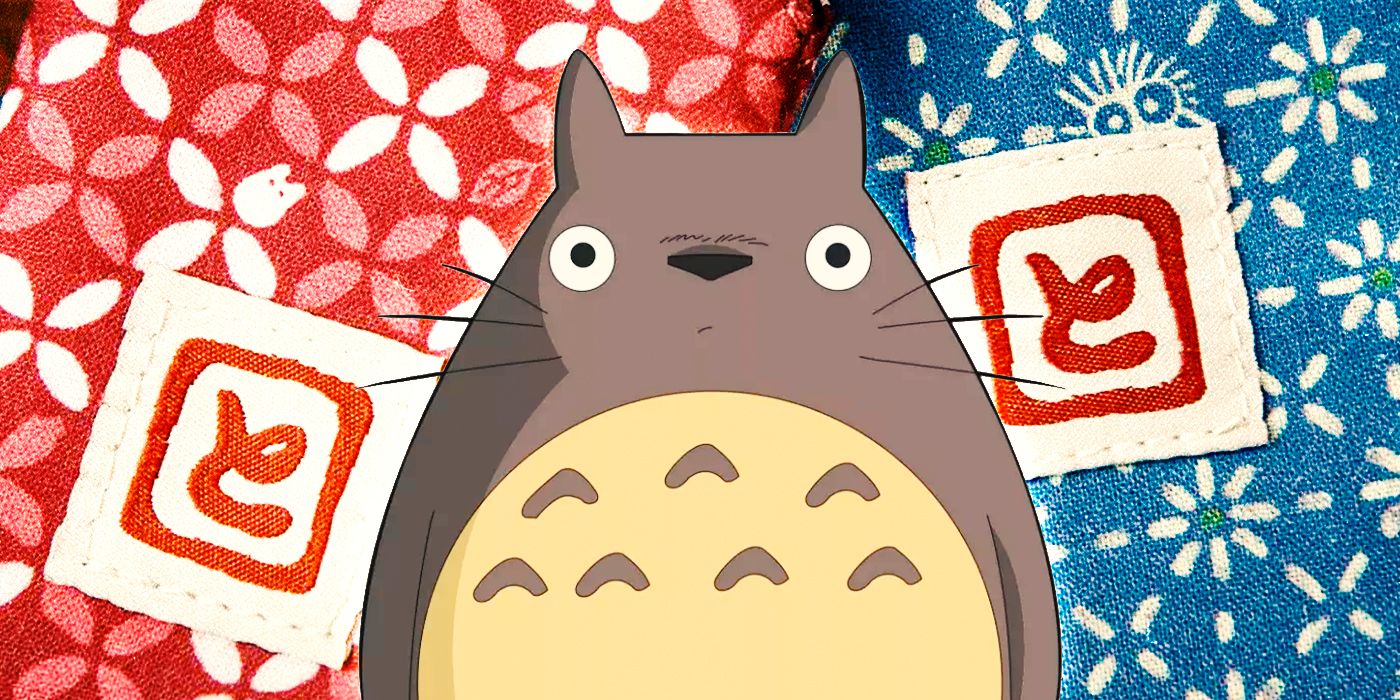
Related
Studio Ghibli’s New My Neighbor Totoro Card Holders Double as Oversized Good Luck Charms
Studio Ghibli’s official store has a new release in the form of My Neighbor Totoro card holders, which mimic the look of traditional Japanese amulets.
While The Cat Returns is often celebrated for its whimsical and light-hearted adventure, darker undertones add depth to the story. The film follows Haru, a shy and somewhat directionless high school girl who saves a cat and finds herself thrust into the mysterious world of feline royalty. Beneath its charming exterior, the movie subtly addresses themes of personal freedom and the consequences of one’s choices.
Despite its enchanting allure, Haru’s journey to reclaim her autonomy from the Cat Kingdom reflects a struggle against losing one’s identity. With its captivating charm, the seemingly idyllic world of the Cat Kingdom hides a more sinister side where freedom is sacrificed for comfort and ease. Haru’s transformation throughout the film, from a passive participant in her own life to someone who actively shapes her destiny, resonates with audiences on a deeper, more poignant level.
14 Pom Poko Blends Comedy with a Serious Ecological Message
The Tanuki’s Struggle Against Urbanization and Environmental Destruction
|
MAL Score |
7.40 |
|---|---|
|
IMDb Score |
7.3 |
|
Anime Planet Score |
3.7 |
Pom Poko is renowned for its humorous portrayal of shape-shifting raccoon dogs (tanuki) battling to save their forest home from urban development. The film’s whimsical depiction of the tanuki’s antics, including their comical transformations and mischievous pranks, provides a delightful surface-level entertainment. However, the film carries a grave ecological message beyond its comedic surface. The tanuki’s desperate and often tragic efforts to halt human encroachment highlight the environmental destruction and loss of natural habitats.
The narrative underscores industrialization’s devastating impact on nature and wildlife’s often futile struggle to adapt to rapidly changing environments. The tanuki’s plight is a poignant metaphor for the broader environmental crises facing the world, and their eventual realization that they must integrate with human society or face extinction serves as a sobering reminder of the consequences of unchecked development.
13 Ocean Waves Explores the Pain of Unrequited Love and Teenage Angst
A Nostalgic Look at the Trials of Adolescent Relationships
|
MAL Score |
6.63 |
|---|---|
|
IMDb Score |
6.7 |
|
Anime Planet Score |
3.3 |
Ocean Waves, though less fantastical than other Ghibli works, delves into the emotional turbulence of adolescence. The film focuses on the complicated relationships between high school friends Taku, Rikako, and Yutaka, exploring themes of unrequited love, jealousy, and the pain of growing up. Its realistic portrayal of teenage angst and the bittersweet nature of young love is tinged with melancholy, starkly contrasting the magical escapades typically associated with the studio.
The story is told through Taku’s retrospective narration, adding a layer of nostalgia and reflection that deepens the emotional impact. As Taku recalls his tumultuous relationship with the enigmatic and troubled Rikako, viewers are drawn into the nuanced portrayal of first love and the often painful process of self-discovery.
12 The Tale of the Princess Kaguya is a Beautiful but Heart-Wrenching Folktale
A Visual Masterpiece with Themes of Freedom and Impermanence
|
MAL Score |
8.23 |
|---|---|
|
IMDb Score |
8.0 |
|
Anime Planet Score |
4.2 |
Based on a classic Japanese folktale, The Tale of the Princess Kaguya is a visually stunning film that tells the story of a bamboo cutter’s discovery of a tiny girl inside a glowing bamboo stalk. As Kaguya grows into a beautiful woman, she faces immense pressure to conform to societal expectations, leading to a profound exploration of freedom and the fleeting nature of happiness. The film’s delicate watercolor animation contrasts with its heavy themes of loss, duty, and the transient nature of life.
The film’s narrative structure, which oscillates between idyllic pastoral scenes and moments of heartbreaking realism, underscores the tension between Kaguya’s desires and the rigid expectations imposed upon her. Her ultimate return to the moon, leaving behind the life she momentarily cherished, is a poignant commentary on the transience of happiness and the inevitability of loss.
11 Whisper of the Heart Explores the Journey of Self-Discovery and Young Love
Shizuku and Seiji’s Inspirational Quest to Realize Their Dreams
|
MAL Score |
8.20 |
|---|---|
|
IMDb Score |
7.9 |
|
Anime Planet Score |
4.1 |
Whisper of the Heart tells the story of Shizuku, a young girl with a passion for reading and a budding interest in writing. As she embarks on a journey to uncover her talents, she meets Seiji, a boy her age who aspires to be a violin maker. Their growing friendship and mutual encouragement from the heart of the film. While Whisper of the Heart is fundamentally a tale of youthful aspiration and romance, it delves deeply into themes of self-doubt, perseverance, and the struggle to find one’s path in life.
Despite the uncertainties, the film’s portrayal of Shizuku’s inner turmoil and determination to pursue her dreams is both inspiring and relatable. The film’s magical realist elements, such as the unbelievable scenes with the Baron a figurine in an antique shop, add a layer of enchantment to the otherwise realistic narrative, making Whisper of the Heart a beautifully nuanced exploration of personal growth and young love.
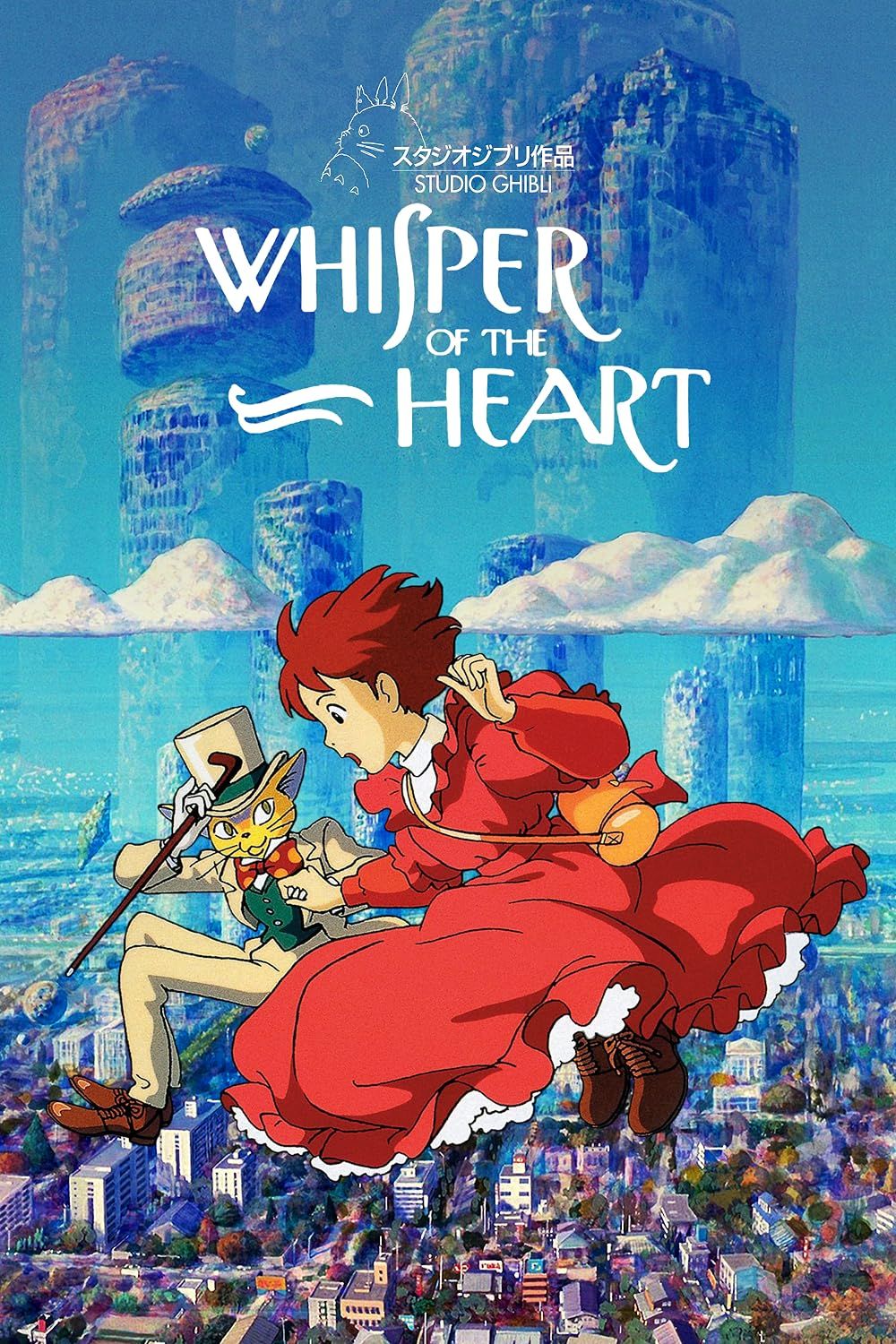
Whisper of the Heart (1996)
A love story between a girl who loves reading books, and a boy who has previously checked out all of the library books she chooses.
- Release Date
- December 13, 1996
- Runtime
- 1 Hour 51 Minutes
- Characters By
- Yoko Honna, Issei Takahashi, Takashi Tachibana
- Production Company
- Tokuma Shoten, Nippon Television Network (NTV), Hakuhodo
10 Spirited Away Features Some Disturbing Imagery and Themes
Chihiro’s Haunting Adventure in the Spirit Realm
|
MAL Score |
8.77 |
|---|---|
|
IMDb Score |
8.6 |
|
Anime Planet Score |
4.4 |

Related
Fantasy Tropes in Studio Ghibli Films, Explained
Studio Ghibli takes inspiration from various fantasy tropes. Learning to differentiate them can give viewers a deeper understanding of these movies.
Commonly seen as Ghibli’s most famous and approachable movie, Spirited Away is far from lighthearted. Chihiro’s adventure in the world of kami is exciting, yet some of the film’s imagery definitely sticks with viewers due to its haunting nature.
Overall, the movie’s spirit realm has a gloomy, almost eerie aesthetic, and plenty of moments in Spirited Away, from Chihiro’s parents turning into pigs to No-Face’s transformation, are outright frightening. Over the years, fans who analyzed the movie’s darker implications even came up with some creepy yet convincing theories regarding hidden allusions to prostitution and human trafficking, adding even more gloominess to the lore surrounding Ghibli’s cult classic.
9 Howl’s Moving Castle Is a Love Story With Several Dark Twists
The Duality of War and Romance in a Magical Setting
|
MAL Score |
8.66 |
|---|---|
|
IMDb Score |
8.2 |
|
Anime Planet Score |
4.4 |
A touching love tale set against the backdrop of a gorgeous fantasy world, Howl’s Moving Castle is about as whimsical and feel-good as Ghibli gets. Nevertheless, the movie also doesn’t shy away from some surprisingly heavy themes, such as the destructive nature of war, self-loathing, and loss of personal agency.
Moreover, Howl’s Moving Castle, similar to most Ghibli films aimed at more mature audiences, effectively uses uncomfortable and even horror-adjacent imagery. Almost every scene featuring the Witch of the Waste succeeds at being unsettling, and plenty of other moments from the movie. Howl’s participation in the war or Madame Suliman’s dark magic illusion breaks from the film’s otherwise jovial tone.
8 Nausicaä of the Valley of the Wind Warns Viewers About Real-World Issues
An Apocalyptic Vision of Environmental Catastrophe
|
MAL Score |
8.35 |
|---|---|
|
IMDb Score |
8.0 |
|
Anime Planet Score |
4.2 |
Despite being released before Ghibli’s founding, Miyazak’s Nausicaä of the Valley of the Wind is still commonly included in the studio’s filmography, where it stands as one of the director’s darkest movies. Nausicaä‘s unsettling elements manifest the clearest in its setting — an apocalyptic, desolate world brought to ruin by humanity’s uncontrollable technological advancement and extortion of Earth’s resources.
The movie’s bleak worldbuilding serves to illustrate Nausicaä‘s anti-war and pro-environmental themes. And while the story of the Valley of the Wind’s princess has a happy ending, the things it cautions the audience against are incredibly sinister and pressing.
7 Porco Rosso’s Messaging Is Not Lighthearted
A Wartime Adventure with Themes of Anti-Fascism
|
MAL Score |
7.95 |
|---|---|
|
IMDb Score |
7.7 |
|
Anime Planet Score |
3.9 |
An inventive blend of realism and fantasy, Miyazaki’s Porco Rosso follows a former World War I ace pilot now living as a sky-soaring bounty hunter who was cursed to transform into an anthropomorphic pig, taking on the film’s titular alias. A love letter to old-school wartime adventure films, Porco Rosso is endlessly joyous and packed with stunning action scenes.
However, the historical backdrop of the film is open to exploring grim subjects, even if its overall tone never becomes too heavy. Porco Rosso is a realistic and open warning against fascism, as well as a cautionary tale against violent ideologies disguised as an adventurous fairy tale.
6 Tales From Earthsea Experiments With Dark Fantasy Tropes
A Grim Medieval World of Slavery and War
|
MAL Score |
6.82 |
|---|---|
|
IMDb Score |
6.3 |
|
Anime Planet Score |
3.5 |
Tales From Earthsea is far from Ghibli’s most beloved films. In fact, most fans consider it the studio’s worst work to date. Nevertheless, Tales From Earthsea can still be appreciated for its boldness in challenging Ghibli’s conventions in both setting and tone.
A dark fantasy adventure set in a war-torn Medieval world similar to those of Berserk or Claymore, Tales From Earthsea leans heavily into the dark implications of the genre. From slavery to war and the ruin it brings, the movie’s backdrop is grim in the best traditions of dark fantasy narratives, even if the story itself doesn’t live up to the setting’s ambitions.
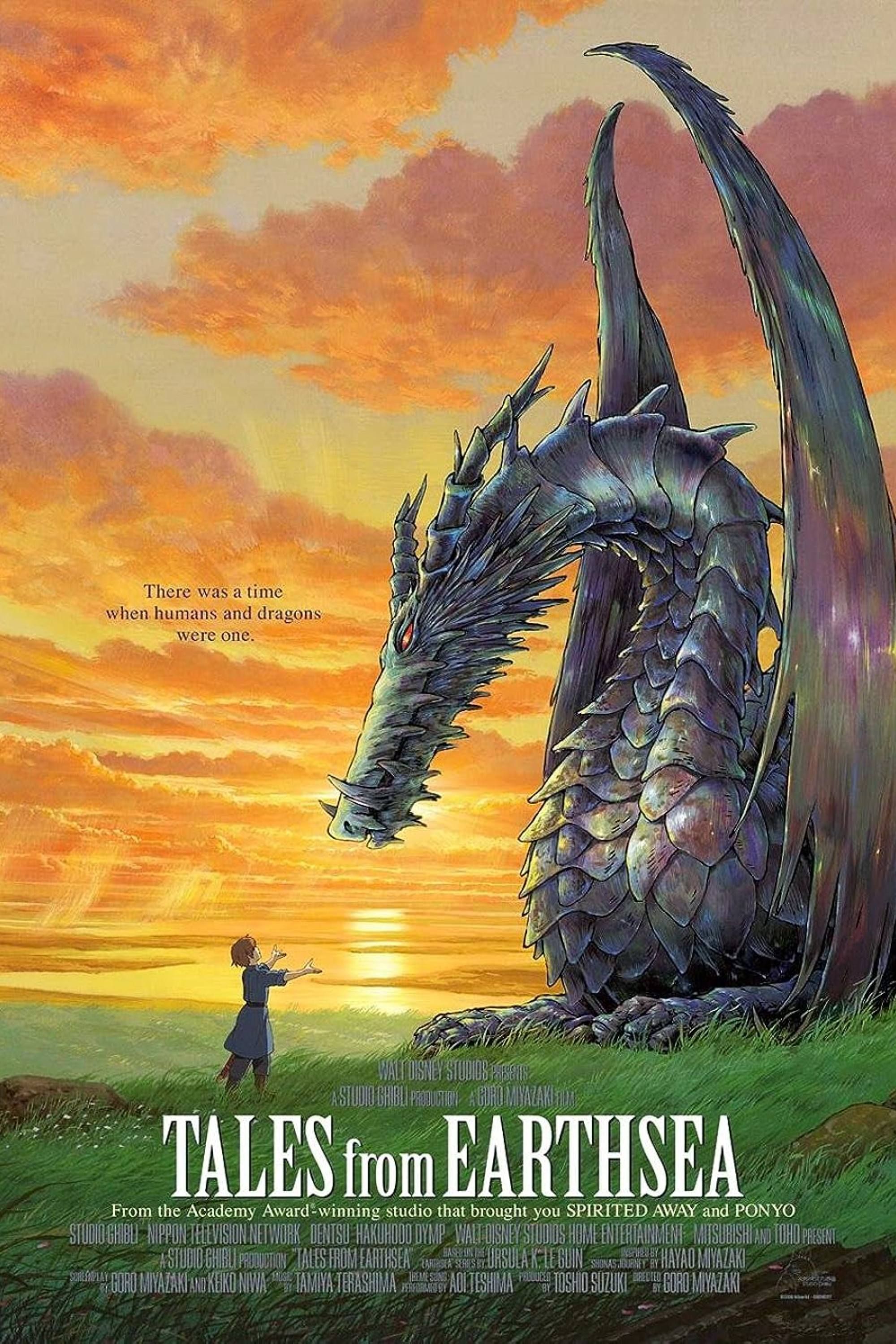
Tales from Earthsea
Something bizarre has come over the land. The kingdom is deteriorating. People are beginning to act strange… What’s even more strange is that people are beginning to see dragons, which shouldn’t enter the world of humans. Due to all these bizarre events, Ged, a wandering wizard, is investigating the cause. During his journey, he meets Prince Arren, a young distraught teenage boy. While Arren may look like a shy young teen, he has a severe dark side, which grants him strength, hatred, ruthlessness and has no mercy, especially when it comes to protecting Teru. For the witch Kumo this is a perfect opportunity. She can use the boy’s “fears” against the very one who would help him, Ged.
- Director
- Goro Miyazaki
- Release Date
- July 29, 2006
- Cast
- Junichi Okada , Aoi Teshima , Bunta Sugawara , Yûko Tanaka , Teruyuki Kagawa , Jun Fubuki , Timothy Dalton , Willem Dafoe , Mariska Hargitay
- Runtime
- 115 minutes
- Writers
- Ursula K. Le Guin , Goro Miyazaki , Keiko Niwa , Hayao Miyazaki
5 When Marnie Was There Is a Sorrowful Meditation on Grief
Anna’s Bittersweet Friendship and Family Revelations
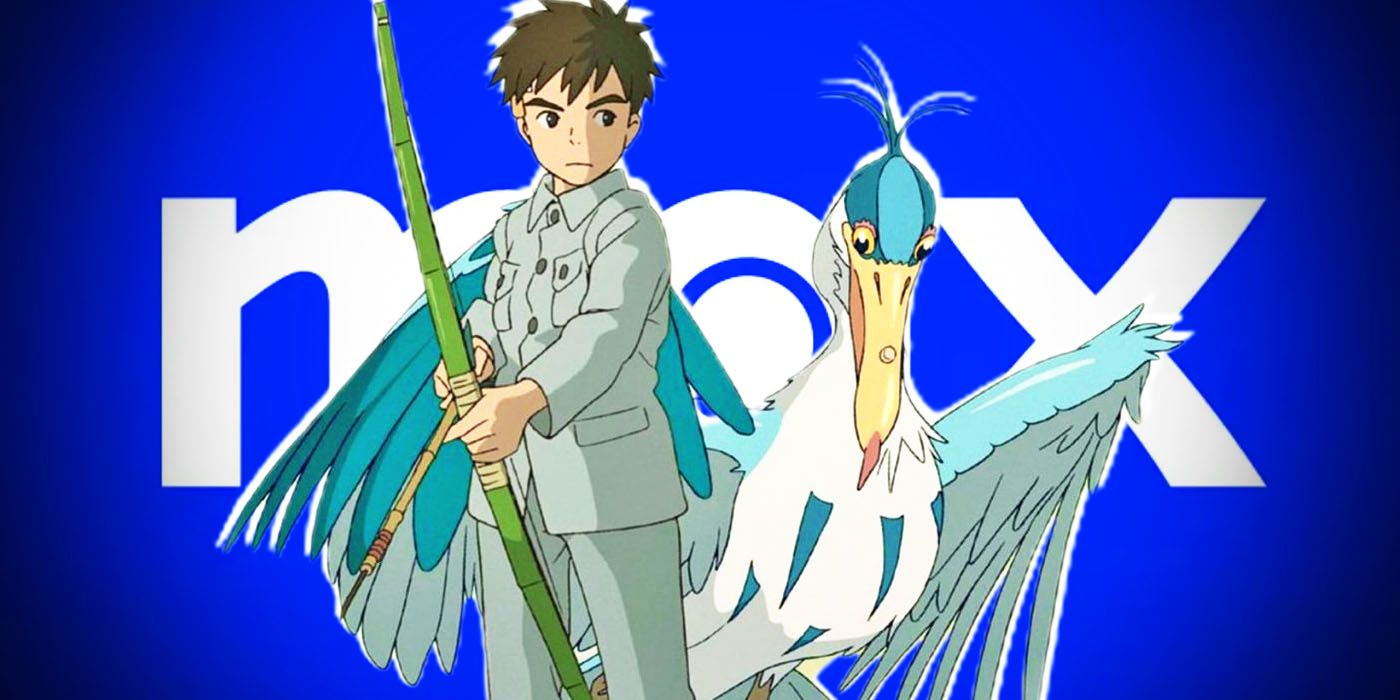
Related
One of the Best Studio Ghibli Movies Heads to Max in September
Studio Ghibli’s fantasy masterpiece about a grieving young boy and a strange alternate realm gears up for its highly-anticipated fall streaming debut.
|
MAL Score |
8.04 |
|---|---|
|
IMDb Score |
7.6 |
|
Anime Planet Score |
4.1 |
While tame in terms of visually disturbing elements, When Marnie Was There is one of Ghibli’s darkest features thematically. Following Anna, a sickly and insecure girl who moves to the rural seaside, the film follows the heroine’s relationship with a local girl, Marnie, who lives in an abandoned mansion.
However, the tender friendship between the two girls was never meant to last, as Marnie is revealed to be Anna’s grandmother, who was taking care of the orphaned girl before passing away. Despite diving deep into such dark themes as loss, grief, and broken familial relationships, When Marnie Was There is a bittersweet movie that offers plenty of hope in its message.
4 The Wind Rises Tells a Story Set in a Turbulent Historical Period
Jiro Horikoshi’s Passion and the Morality of War
|
MAL Score |
8.11 |
|---|---|
|
IMDb Score |
7.8 |
|
Anime Planet Score |
4.1 |
Of all of Ghibli’s films, The Wind Rises stands out as the most grounded in reality. It follows the life and work of Jiro Horikoshi, a historical aviation engineer of the World War II era. As such, the movie has to engage with plenty of dark aspects of real life, including ones directly tied to the protagonist’s career. Jiro’s passion for planes becomes a tool of war and destruction, which hangs heavily over both him and the audience.
Outside the morbid implications of Jiro’s work as a fighter engineer, The Wind Rises also showcases other realistic horrors Jiro encounters throughout his life, including a romance doomed by his lover’s illness and a tragic natural disaster, the Great Kanto Earthquake of 1923 that Jiro lives through.
3 The Boy and the Heron Is Grim Thematically and Surreal Visually
Mahito’s Journey Through a Dark and Eerie Parallel World
|
MAL Score |
7.59 |
|---|---|
|
IMDb Score |
7.6 |
|
Anime Planet Score |
3.9 |
Hayao Miyazaki’s latest masterpiece, The Boy and the Heron, embraces the darker themes fully while simultaneously tackling deeply personal themes of legacy and loss one would expect to surface in the legendary director’s allegedly last feature. Following a young boy named Mahito on a journey through an eerie parallel world, the film is an expansive, surreal metaphor for accepting reality even at its bleakest.
Even beyond its heavy themes, The Boy and the Heron is a visual masterclass at creating enthralling yet unsettling worlds. The movie’s liberal use of disturbing character designs, like the titular Heron, combined with an affinity for avant-garde aesthetics, result in a cinematic experience that feels both magical and haunting.
2 Princess Mononoke Is Graphically Violent and Conceptually Heavy
The Conflict Between Humanity and Nature’s Wrath
|
MAL Score |
8.66 |
|---|---|
|
IMDb Score |
8.3 |
|
Anime Planet Score |
4.3 |
In terms of visual horror, Princess Mononoke is, by far, Ghibli’s most vicious movie, featuring scenes of unadulterated gore that few could deem suitable for children. At the heart of the film lies a suitably mature, complex conflict between nature and humanity’s greed for its precious resources.
Prince Ashitaka’s tale begins with him being cursed to death by a corrupted god, and the stakes only continue to grow from there, rarely giving the audience a moment of peace. Poignant thematically and horrifying visually, Princess Mononoke uses frightening imagery to emphasize the crucial themes present in most Ghibli stories: the value of coexisting in peace with the environment and the price humanity might pay if it continues to take nature for granted.
1 Grave of the Fireflies Is One of the Darkest Anime Movies Ever Made
A Heartbreaking Tale of Sibling Survival During War
|
MAL Score |
8.52 |
|---|---|
|
IMDb Score |
8.5 |
|
Anime Planet Score |
4.2 |
Released in 1988, Ghibli’s Grave of the Fireflies is nothing like the usual magical adventures the studio is known for. A grounded, tragic war drama, the film narrates the tale of two siblings, Seita and Setsuko, as they travel through the Japanese countryside destroyed by World War II in a hopeless attempt to survive.
A grim exploration of war’s most brutal horrors, the movie doesn’t shy away from showing the heartbreaking realities of its heroes’ struggles, from illness and starvation to human cruelty to, ultimately, death. Yet, while Grave of the Fireflies clearly ventures outside Ghibli’s conventional style, it remains one of the most impactful works the studio has ever created.

